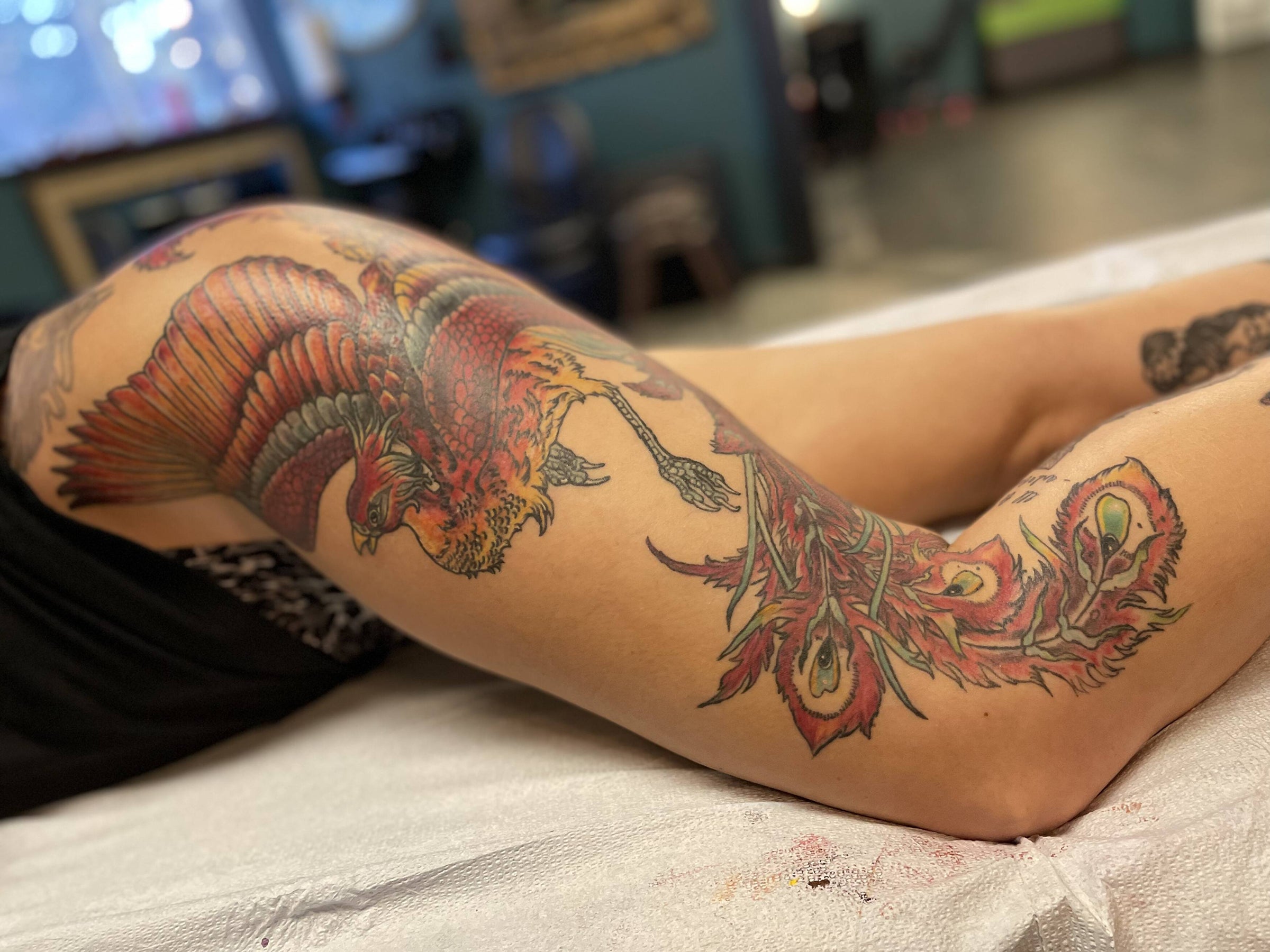Tattoos have long been a form of self-expression, art, and sometimes rebellion. However, as society evolves, so does technology, influencing every aspect of our lives, including the realm of tattoos. From cutting-edge ink formulations to sophisticated removal techniques, advancements in tattoo technology are reshaping how we perceive and interact with body art. This guide explores the latest innovations in the tattoo industry, providing insights into what the future holds for both tattoo enthusiasts and professionals.

The Evolution of Tattoo Inks
Historically, tattoo inks were made from a variety of substances, including ash, soot, and plant extracts. Modern inks, however, have come a long way. Today, they are crafted from pigments suspended in a carrier solution, ensuring safety and vibrant colors. Recent advancements in ink technology focus on two primary areas: biocompatibility and removability.
Biocompatible and Hypoallergenic Inks
One of the significant concerns with traditional tattoo inks is the potential for allergic reactions and skin irritation. In response, researchers have developed biocompatible inks designed to minimize these risks. These inks are often made from natural and organic compounds, reducing the likelihood of adverse reactions and making tattoos accessible to a broader audience.
Removable and Fading Inks
Another innovative development is the creation of removable or fading inks. These inks are engineered to break down over time or become easily removable with minimal intervention. This technology appeals to individuals who love the idea of tattoos but are hesitant about their permanence.
Cutting-Edge Tattooing Techniques
The tools and techniques used to apply tattoos have also seen significant advancements. From precision machines to digital designs, technology is enhancing the tattooing process, making it more efficient and precise.
Rotary and Pneumatic Tattoo Machines
Traditional coil machines are being gradually replaced by rotary and pneumatic machines, which offer a quieter and more consistent tattooing experience. These machines use a rotary motor or compressed air, respectively, to move the needle, providing artists with greater control and precision.
Digital Design and 3D Tattooing
Digital design tools are transforming the way tattoos are conceptualized and applied. Artists can now create intricate designs using software that allows for precise scaling and adjustments. In addition, 3D tattooing techniques are emerging, giving tattoos a lifelike appearance by utilizing shading and depth perception.
Innovations in Tattoo Removal
At some point, many individuals with tattoos may consider removal, whether due to a change in personal taste or a desire to erase a past memory. Advances in tattoo removal technology have made this process more effective and less painful.
Laser Tattoo Removal
Laser tattoo removal is the most common and effective method for erasing unwanted tattoos. This technique involves using a laser to break down tattoo ink particles, which are then naturally eliminated by the body. Recent improvements in laser technology have made the process faster and more efficient, with fewer sessions required.
In the UK, places like Surrey are becoming hubs for state-of-the-art removal services. For example, laser tattoo removal in Surrey utilizes the latest laser technology to ensure optimal results with minimal discomfort.
Picosecond Lasers
Picosecond lasers represent a significant leap forward in tattoo removal technology. These lasers emit energy in picoseconds (trillionths of a second), allowing for more precise targeting of ink particles. This precision reduces the risk of skin damage and enhances the removal process, making it more effective for a range of ink colors and types.
The Future of Tattoo Technology
The future of tattoo technology promises even more exciting developments. As research continues and technology evolves, we can expect to see innovations that further enhance the tattooing experience.
Smart Tattoos
One of the most fascinating areas of development is in smart tattoos. These are temporary or permanent tattoos embedded with technology that can monitor health metrics, such as body temperature and hydration levels. Researchers are also exploring tattoos that change color in response to glucose levels, offering potential applications for diabetes management.
Augmented Reality Tattoos
Augmented reality (AR) tattoos are another futuristic concept gaining traction. These tattoos can be viewed through a smartphone or AR glasses, providing an interactive experience. Imagine a tattoo that tells a story or comes to life with motion when viewed through an AR device.
Conclusion
The advancements in tattoo technology are transforming the industry, making tattoos safer, more versatile, and more accessible than ever before. From innovative inks and precision tools to cutting-edge removal techniques, the future of tattoos is bright and full of potential. Whether you’re a tattoo enthusiast, an artist, or someone considering their first piece, staying informed about these advancements can enhance your appreciation and understanding of this dynamic art form. As technology continues to evolve, so too will the possibilities for personal expression through tattoos.



